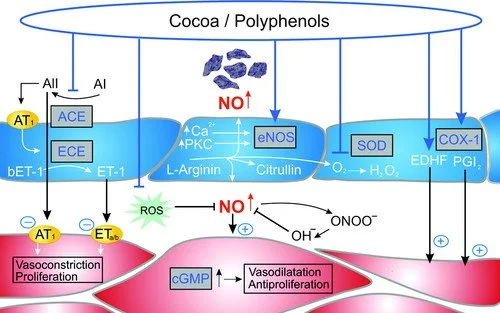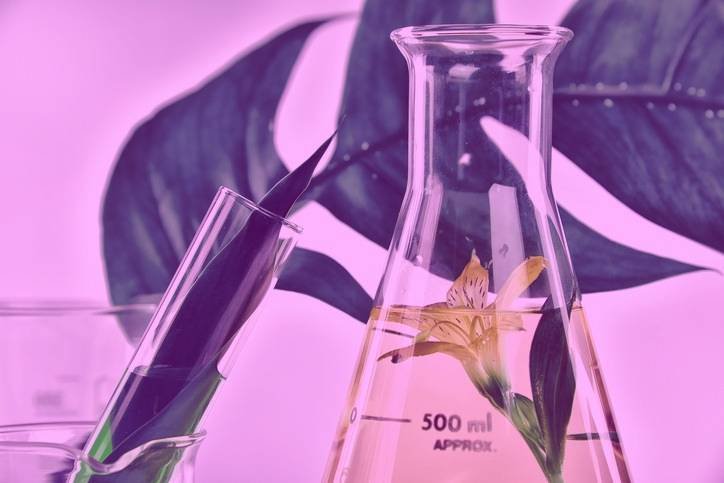
In part I of this “Lab Report” series, we focused on the stimulative compounds of cacao: theobromine and caffeine. We learned that the primary stimulant, theobromine, works to prime the cardiovascular system through its smooth-muscle relaxant action. But does it do this on its own? No, not entirely. When it comes to vascular stimulation and protection, theobromine forms just half of cacao’s dynamic duo. The other half? Polyphenols.
Whole cacao is packed with a class of polyphenols known as flavanols. Simply, these are plant-derived antioxidants of a particular chemical structure. While there is a complex web of sub-classification of antioxidant compounds, let’s focus on the most pertinent to our exploration of cacao and find out what exactly they do. Within the flavanol profile of cacao, the main actors are three compounds: the monomers (single molecules) catechin and epicatechin, and their polymers (chains of bonded molecules) the procyanidins. Procyanidins build to become tannins (of red wine fame) and give pure ceremonial cacao its characteristic bitterness.
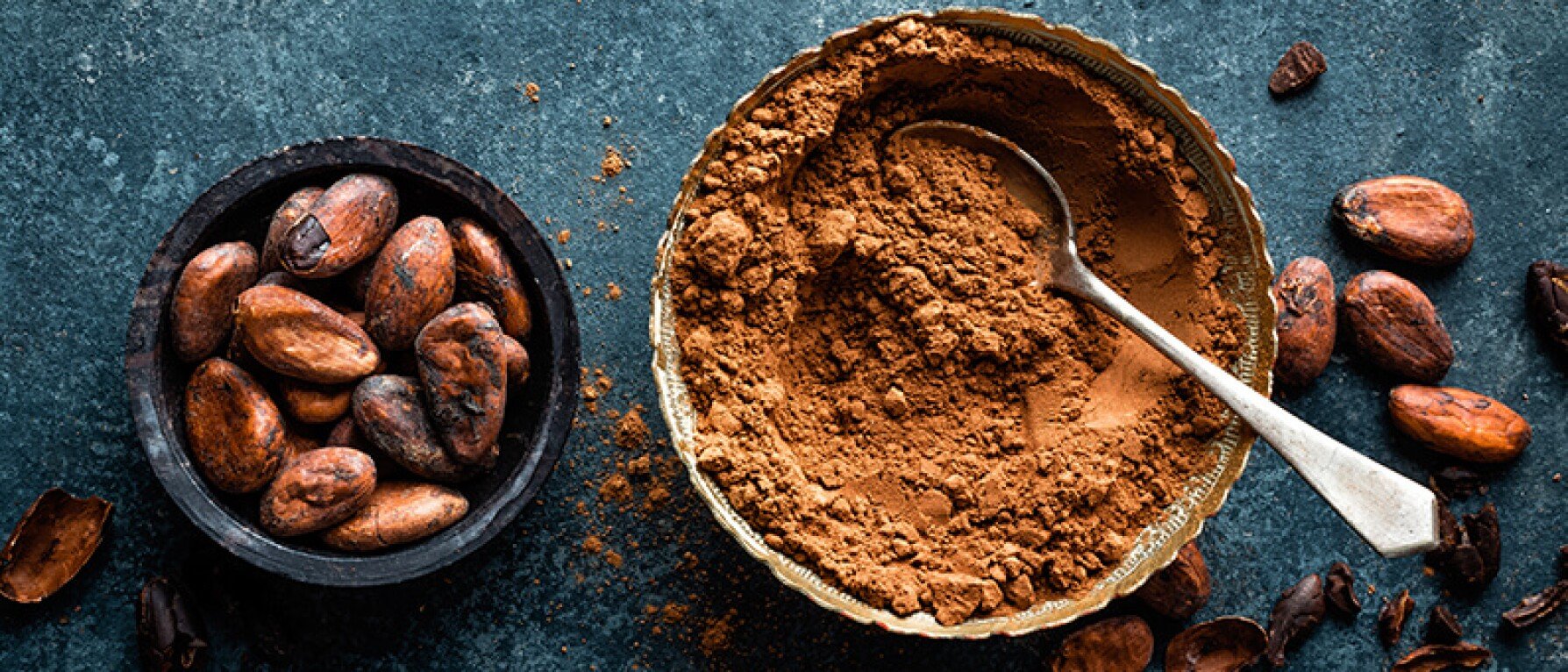
Flavanols at work
When consumed in food, these flavanols enter the bloodstream and stimulate nitric oxide (NO) release from the endothelium (lining) of the artery walls. The mechanism is complicated (see below diagram), but the amino acid l-arginine is essentially converted into an enzyme (endothelial nitric oxide synthase, or eNOS) that synthesizes NO. Cacao in particular also helps to inhibit the enzyme that breaks down l-arginine (arginase), providing a double boost to the rapid NO-producing capability of the endothelial cells.
The increased blood-concentration of NO works to rapidly augment tissue concentrations of cyclic guanosine monophosphate (cGMP), which relaxes the smooth muscles of the vascular system. As a pipe might expand when heated, so to will the arterial muscle expand when this polyphenol-induced chain reaction occurs. In this vasodilated state, blood moves at lower pressure through the system (more space to move same liquid = less pressure).
The bottom line?
The broad effect of these compounds is to “open up” our cardiovascular system. In concert with theobromine (see the previous Lab Report), these flavanols work to dilate our arteries and get our blood pumping, all while actually lowering our blood pressure! Improved tissue oxygenation, nutrient delivery, and cardiovascular stimulation provide us with an open, expansive energy. Brain scans even show increased blood flow in the gray matter of the brain for up to three hours after cacao ingestion. Cacao is a smart choice, indeed! We’ve all heard about the importance of antioxidants, but healthy blood flow isn’t usually how they’re sold. So, what else are they good for?
The antioxidant effect of cacao flavanols
Antioxidants, generally, are marked by their ability to reduce oxidative stress in the body. Simply, normal oxidative processes are linked to oxygen metabolism in the body (think exercise), which can split oxygen-containing molecules into atoms known as free radicals, or unstable atoms that lack an electron. These free radicals go around the body looking to bond with other atoms to fill their need for an electron to become “stable”. The problem arises because these free radicals can damage the atoms, and thus cells and tissues, they bond with. Although free radical formation is a normal and necessary part of human physiology–your immune system uses free radicals to fight infection, for instance–excessive free radical formation can lead to chronic oxidative stress on the body. Modern life, from daily sun exposure to air pollution inhalation, is rife with causes of excess oxidative stress.
The polyphenolic compounds in cacao neutralize excess free radicals by freely bonding with them. In other words, polyphenols are “antioxidant” because they have enough electrons to “give” to a bond with a free radical, yet still remain stable themselves. This effectively neutralizes the free radical. The end result? Current literature suggests that diets rich in polyphenols protect against certain cancers, cardiovascular diseases, type 2 diabetes, osteoporosis, pancreatitis, gastrointestinal problems, lung damage, neurodegenerative diseases, and general inflammation.
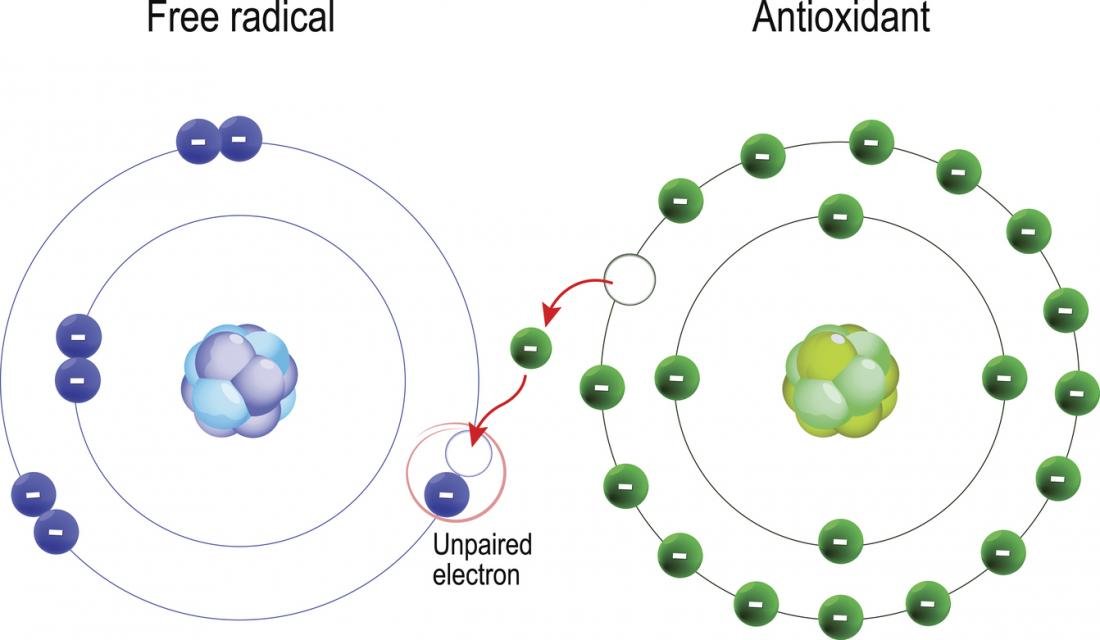
But what’s so special about cacao? Lots of plant foods have antioxidant properties, so why is cacao such a standout?
Put to the test: Cacao performs at the top of the antioxidant class
Straight away, we can say that cacao is just yummier than most other foods. Nobody craves broccoli.
Beyond the obvious, however, there is a more enticing point: ORAC score. The Oxygen Radical Absorbency Capacity (ORAC) is a test of a food’s total antioxidant capacity, or how capable it is as an antioxidant. Research puts 100% cacao near the very top of that list, second only to spices that would have to be eaten in ridiculous amounts to achieve similar benefits. In fact, the acaí berry may be the only whole food that beats out cacao in its antioxidant capacity, while typical “antioxidant powerhouse” berries like blueberries and raspberries are up to 20 times less effective as antioxidants than cacao. Don’t get us wrong, acaí is berry good, but it doesn’t give us the warm hug to start each day that a cup of cacao does.
Mineral wealth: Cacao is a potent source of iron and magnesium
Aiding flavanols are two other minerals notable for their vascular support benefits.
Iron
Cacao is at the top of the list of the most plentiful plant sources of iron in the world. As iron is vital to oxygen transport throughout the body, the high concentration of this mineral in cacao works with the vasodilative properties to increase blood oxygenation and tissue health. Habitual usage of cacao, especially paired with breathing practices (pranayama) is highly beneficial to long-term vascular health. However, it should be noted that non-heme iron (plant-based) is not as bioavailable (easily absorbed into the body) as heme iron (animal-based). Also, there is evidence that the abundant polyphenols in cacao can inhibit iron absorption through their interaction with iron atoms in the body.
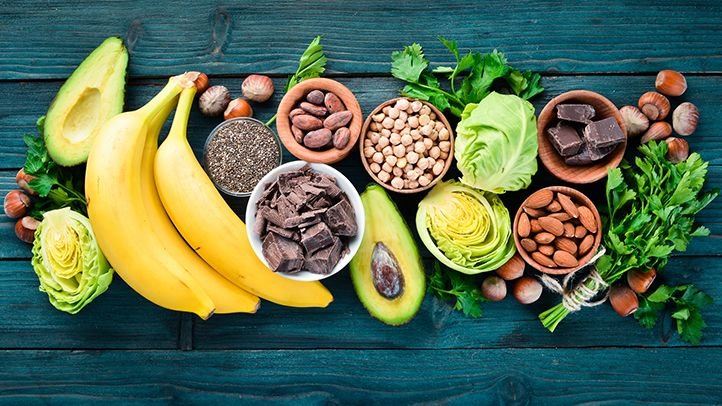
Magnesium
The other incredibly potent mineral contribution from cacao is magnesium, of which up to 70% of American adults are deficient. As with iron, Cacao is one of the best sources of magnesium we can get in our diet. Magnesium is vital for a number of bodily processes, including blood pressure regulation and energy metabolism. But perhaps most important within the context of cacao, it can act as the body’s own “stress-reliever” nutrient. Magnesium supports the production of the neurotransmitter GABA, which encourages relaxation and sleep health. Further, optimal magnesium levels have been shown to properly regulate the body’s stress-response system. Taken together, these mood-supportive effects underpin the need for proper mineral nutrition in our hectic world. What better way to maintain it than with a daily cup of cacao?
This powerful league of nutrients–theobromine, flavanols, iron, and magnesium–work with myriad other compounds to produce a powerful circulatory response in our body. And the best news? Without the excessive milk and sugar that has come to characterize modern chocolate products, cacao can play a vital role in protecting your body well into old age!
A case for cacao: the Kuna Indigenous Nation of Panama
One of the more interesting cases involving cacao consumption and cardiovascular health is that of the Kuna indigenous people of the San Blas Islands, Panama. The prevalence of hypertension among the Kuna islanders is very low (2.2%) and blood pressure does not increase with age. The population also experiences lower rates of diabetes, heart attack, stroke, and cancer than mainland Panamanians. Is it just good genetics?
Probably not.
For the Kuna who have migrated to urban areas on the mainland of Panama, the prevalence of hypertension is higher (10.7%) and reaches 45% among those over age 60. So, it seems more environmental than genetic. Maybe stress? Further studies found no strong correlation between urban Kuna’s stress level and their blood pressure, as compared to their islander counterparts. Urban pollution? Very possibly a contributing factor, but an unlikely one to entirely explain such a dramatic rise in blood pressure and general disease. What else could it be?
Diet.
The Kuna on the islands consume an average of three 10-ounce cups of cacao per day, ingesting approximately 1880 mg of antioxidants. Compared to Kuna living in a suburb of Panama City, they eat four times as much fish (albeit still a fairly low portion of protein, generally) and 10 times as much cacao. The lesson? Cacao is very likely an integral contributor to the fantastic heart health of these communities.
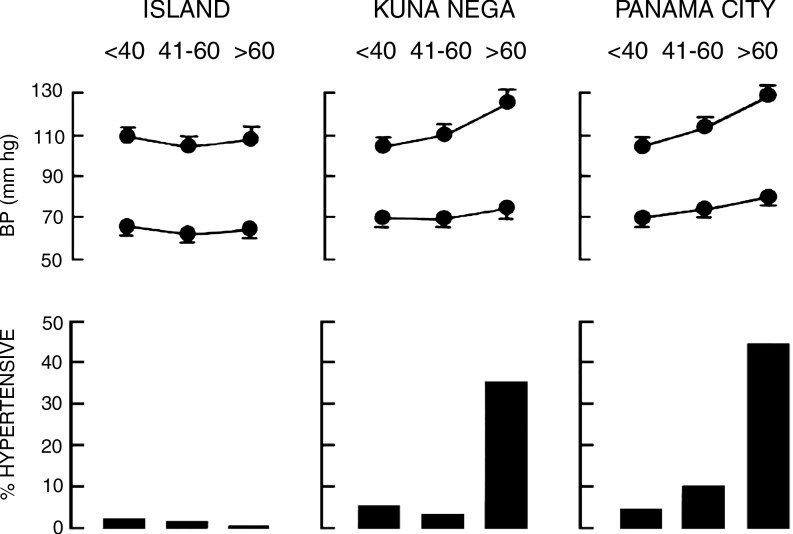
Pure cacao: a friend till the end
While many of us may reach for a cup of cacao in the morning to help kickstart our day, most of us are unaware of the extent to which it benefits us in the long run. Along with theobromine, the antioxidant powers of cacao go to work almost immediately to give us the smooth, centered, and sustained lift we enjoy so much. But the enduring magic is what these compounds do for us for years to come. Pound for pound, it is very difficult to beat the cardiovascular protective effects and decreased risk of disease that a pure cacao ritual affords us. Just one more reason to be grateful for our healthy habit!
Recommended: Double down on antioxidants with our Fire Blend–pure cacao blended with turmeric and black pepper.

